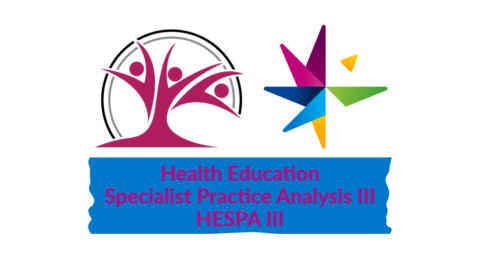If you’re reading this, you long ago made it to one of the most significant milestones in public health: You reached your first birthday.
Maternal and child health is often described as a marker for a community’s overall health. It’s the canary in the coal mine. Some of these health markers are obvious. If there are gaps in prenatal care or during childbirth or in the year after the baby is born, the lives of mothers and babies are at risk.
But the social determinants of health also affect pregnant women in powerful ways. Pregnant women live everywhere: in neighborhoods safe and unsafe, with drinking water both clean and contaminated, with easily accessible healthy food and public parks or separated from those spaces by a lack of transportation and city planning. Women who live, work and play in a healthy environment are more likely to have healthy pregnancies.
Public health tracks infant mortality and maternal mortality to see how well we’re doing in our communities and as a country. The answer, unfortunately, is that the United States could be doing much better. There is broad agreement among public health professionals that the U.S. ranks near the bottom among developed countries (members of the Organisation for Economic Co-operation and Development) when it comes to infant mortality. (1) The U.S. has a high preterm birth rate, one of the most significant predictors of infant death before the first birthday.
The health disparities in maternal health within the U.S. are also shocking. There has been growing recognition in the past several years that structural racism and daily racist “microaggressions” account for the shocking disparity in health outcomes between African American women and white women. An African American woman is “two to three times” more likely to die due to complications related to childbirth compared to white women, according to the Centers for Disease Control and Prevention. This disparity jumps to “four to five times” more likely for African American women over 30 years. (2)
Within the social-ecological model of public health, there are many public health professionals working at many levels to improve maternal-child health in the U.S. The Smoking Cessation and Reduction in Pregnancy Treatment program (SCRIPT) at SOPHE is a training workshop created to increase smoking cessation rates among pregnant women. The SCRIPT workshop is designed to give healthcare providers—including nurses, midwives, physicians, home visitors, social workers, and WIC staff—the tools and practice they need to assist pregnant smokers with a quit attempt.
It’s often acknowledged that smoking is the most modifiable risk factor associated with preterm birth. But for most regular smokers, quitting nicotine is very difficult. Far easier to never begin smoking in the first place. For this reason, SOPHE is also actively involved in supporting legislation that allows the federal government to better regulate tobacco and nicotine products, particularly in the area of sales and advertising to minors.
Healthcare providers and healthcare administrators seeking to learn how to include brief, on-the-spot smoking cessation counseling as part of routine care can contact SOPHE for information on upcoming workshops.
Visit SCRIPT or contact SCRIPT Manager Liz Marshall at LM*******@***he.org
Sources:
1. The U.S. ranks 33rd out of 36 OECD countries, based on most recent data. https://www.americashealthrankings.org/learn/reports/2019-annual-report/international-comparison
2. Centers for Disease Control and Prevention. https://www.cdc.gov/media/releases/2019/p0905-racial-ethnic-disparities-pregnancy-deaths.html



